-
×
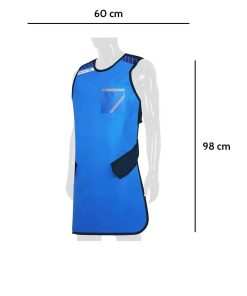 Waldent Lead Apron
1 × ₹1,990.00
Waldent Lead Apron
1 × ₹1,990.00
Shofu Composite Finishing Kit
₹1,800.00 Original price was: ₹1,800.00.₹1,780.00Current price is: ₹1,780.00.
Categories: Endodontics, Prosthodontics, Shofu
Tags: Composite polishing kit, finishing burs, polishing kit, shofu
Features
- Dura-Green silicon carbide stones for adjusting
- Dura-White aluminum oxide stones for fine finishing
- Contra-Angle and Friction-Grip kits
- Your choice of a sterilizable bur block or plastic kit
- Fine & smooth finisher & polishers
- Ideal to be used for finishing & polishing of composite restorations and GIC
- High durable abrasives
- Cost effective
- Vibration free performance
Description
Shofu Composite Finishing Kit, featuring Dura-Green silicon carbide stones for precision adjustment and Dura-White aluminum oxide stones for fine finishing. The kit, available in Contra-Angle and Friction-Grip options, offers versatility and choice between a airotor and contra-angle burs. Tailored for finishing and polishing composite restorations and GIC, these high-durable abrasives provide cost-effective and vibration-free performance. The kit is designed for contouring and finishing aesthetic restorations, addressing interproximal and subgingival composite fillings.
Kits Available – Both CA (Contra-angle) and FG( Fine Grip-Airotor)
Key Specifications
TECHNICAL SPECIFICATIONS:
| Recommended Rotation Speed |
Maximum Permissible Rotation Speed |
Recommended Pressure |
|
| Dura-Green Stones | 5,000 – 20,000 min-1 | 30,000 min-1 | 3 – 5 N |
| Dura-White Stones | 5,000 – 20,000 min-1 | 30,000 min-1 | 2 N |
Packaging
Dura-Green Stones
– 3 each CN1, FL2 – For Adjusting
Dura-White Stones
– 3 each CN1, FL2 – For Finishing
Direction to Use
- Begin by selecting the appropriate abrasive stone. Make sure that the stone is the right size and shape for the area that needs to be contoured or finished.
- Use a high-speed handpiece with water spray to reduce heat generation and to help control debris.
- Place the abrasive stone on the composite filling and gently apply pressure in a back-and-forth motion. Use light pressure to avoid damaging the surrounding tooth structure.
- Pay close attention to the contour of the filling and use the abrasive stone to achieve the desired shape and size.
- When working on interproximal areas, use a thin abrasive disc or strip to avoid damaging the adjacent tooth surface.
- For subgingival areas, use a curved abrasive stone and work carefully to avoid damaging the gums.
- Rinse the area frequently with water to remove debris and keep the abrasive stone clean.
- Once you have achieved the desired contour and shape, switch to a finer abrasive stone or polishing system to achieve a smooth, glossy finish.
- After polishing, evaluate the restoration to ensure it matches the adjacent teeth in terms of contour, size, and shade.
- Finally, use a finishing bur to smooth any rough edges or sharp corners that may be present.
Only logged in customers who have purchased this product may leave a review.
Related products
-46%
₹2,750.00 – ₹3,500.00
This product has multiple variants. The options may be chosen on the product page
-6%
Uncategorized
-17%
Endodontics
-22%
Endodontics
-67%
Endodontics
-29%
Uncategorized
-50%

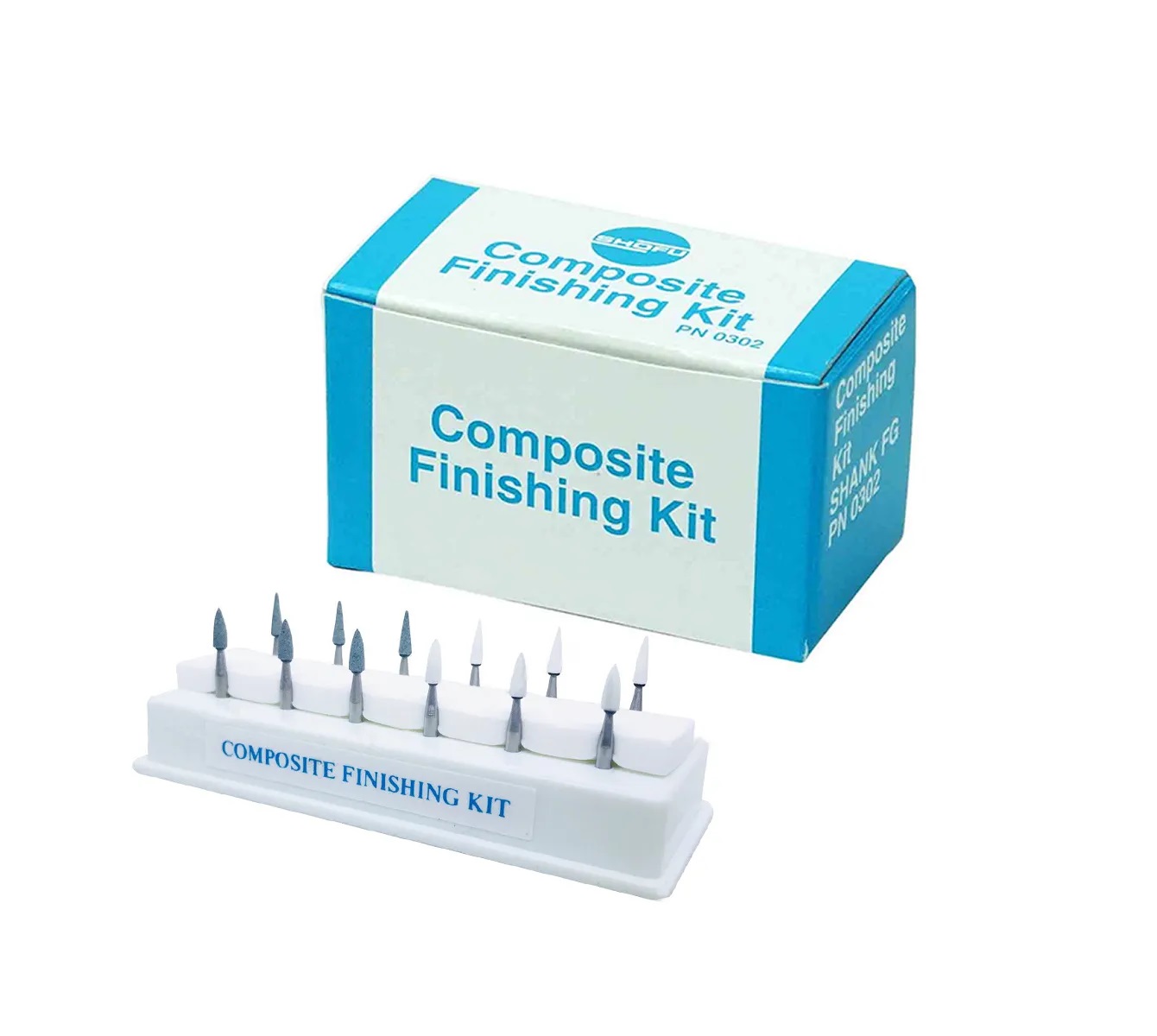


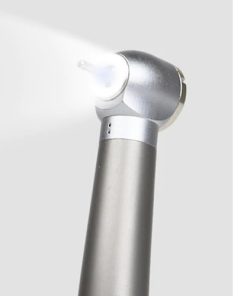
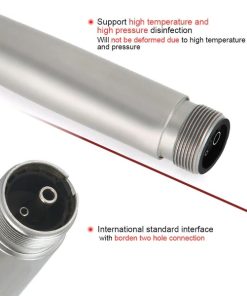
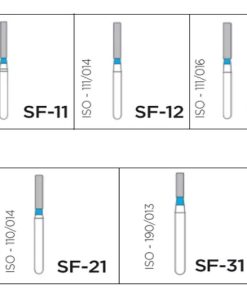
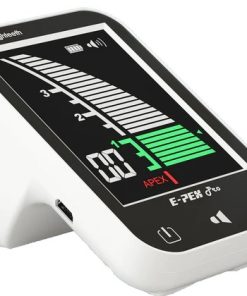

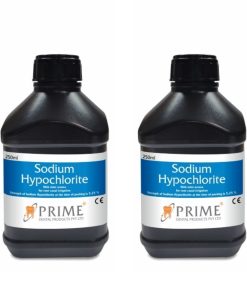
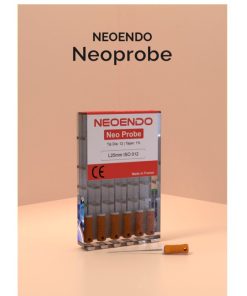
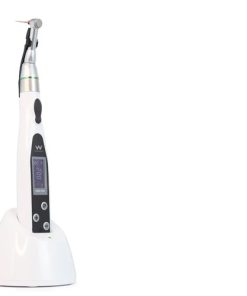
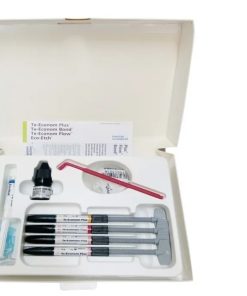


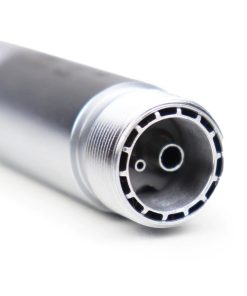
Reviews
There are no reviews yet.